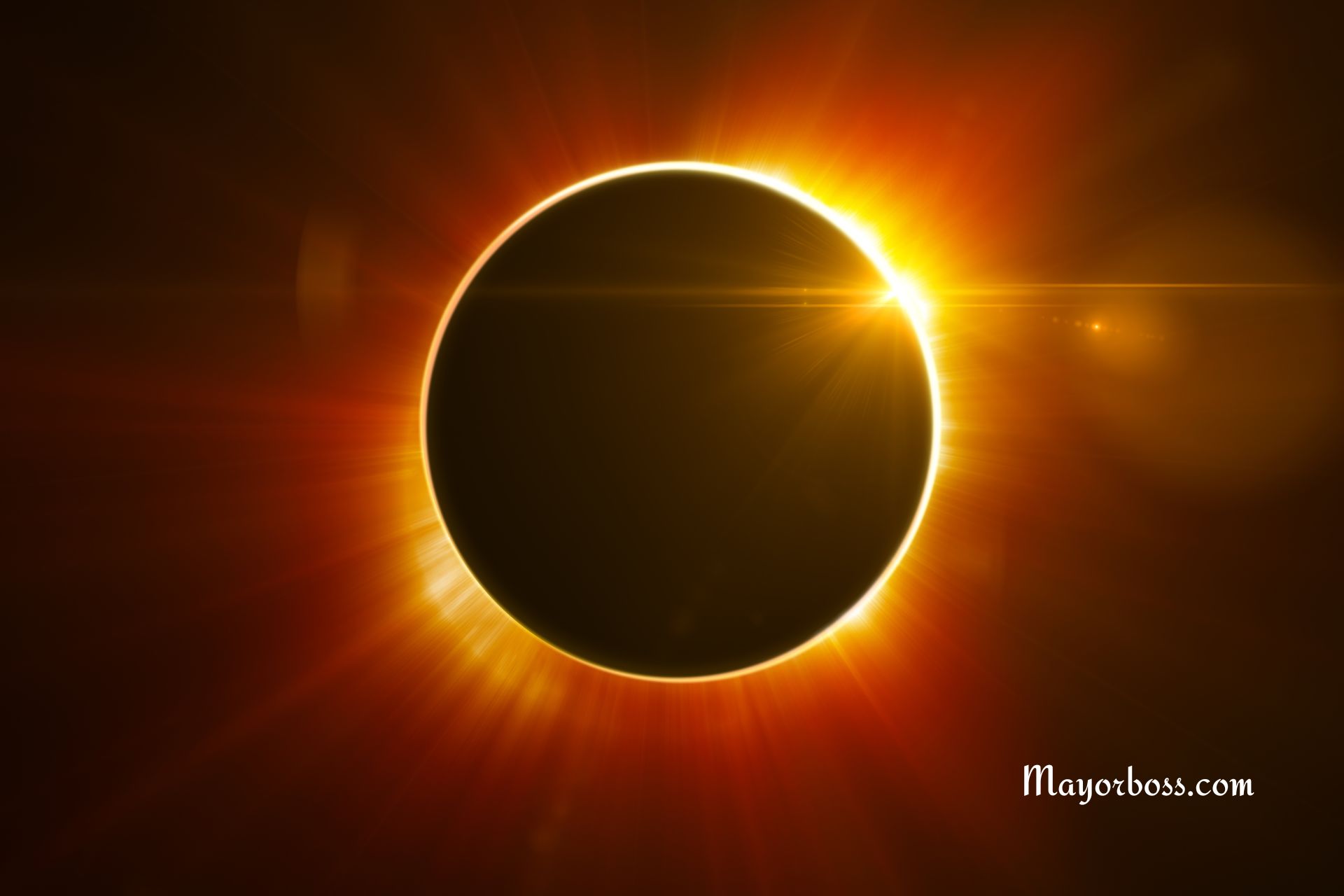Why the Solar Eclipse is Weirder Than You Think (10 Facts)
Solar eclipses, a celestial event where the moon passes between the Earth and the sun, blocking the sun’s light partially or fully, have fascinated humans for millennia. However, beyond the basic facts that most of us learn in school, solar eclipses hold peculiarities that make them even more intriguing than you might have initially thought. Let’s go into ten fascinating facts about solar eclipses, looking at why they’re far more peculiar than they seem at first glance.

1. The Perfect Cosmic Coincidence
Interestingly, the sun’s diameter is about 400 times larger than that of the moon. Coincidentally, the sun is also approximately 400 times farther away from Earth than the moon is. This perfect alignment of ratios allows the moon to cover the sun completely during a total solar eclipse, creating a spectacular view from Earth. This unique coincidence is not found in any other known planet-moon combination in our solar system, making total solar eclipses an exclusive Earthly phenomenon.
2. Solar Eclipses Can Happen Only During a New Moon
While it might seem obvious to some, the fact that a solar eclipse can only occur during a new moon phase underscores the precise alignment needed for this event. However, not every new moon brings a solar eclipse. This is because the moon’s orbit around Earth is tilted, and it usually passes above or below the sun from our perspective. Only when the conditions align perfectly does an eclipse take place.
3. The Diamond Ring Effect
One of the most breathtaking sights during a total solar eclipse is the diamond ring effect. This occurs moments before totality (when the moon completely covers the sun) or just after. A tiny sliver of sunlight shines through in one spot, while the rest of the visible outer atmosphere of the sun, or corona, creates a glowing ring. This creates the stunning illusion of a diamond ring suspended in the sky.
4. Solar Eclipses Can Create Waves in the Atmosphere
Solar eclipses do more than dazzle observers; they also impact Earth’s atmosphere. The sudden cooling that happens when the moon blocks the sun’s rays creates waves in the atmosphere. Scientists call these waves “bow waves,” similar to the waves that form in front of a moving ship. This phenomenon was only theoretical until recent studies confirmed its occurrence.
5. Shadows Behave Strangely
During a solar eclipse, shadows become sharper, and you might notice that light passing through gaps between leaves or other small openings creates mini-eclipses on the ground. These are called shadow bands and can be seen moving rapidly across surfaces just before and after totality.
6. Eclipses Have Influenced Historical Events
Historically, solar eclipses have played significant roles in shaping the outcomes of battles and influencing leaders’ decisions. For instance, a total solar eclipse in 585 B.C. famously halted a battle between the Lydians and the Medes in ancient Greece, as both sides took it as a sign to cease fighting and make peace.
7. The Temperature Can Drop Significantly
When the moon obscures the sun, it blocks a portion of its light and heat from reaching Earth. Consequently, temperatures can drop noticeably during a solar eclipse. In some cases, the temperature has been reported to decrease by as much as 15 degrees Fahrenheit (about 8 degrees Celsius).
8. Solar Eclipses Can Affect Animal Behavior
Animals often react to the sudden darkness brought on by a total solar eclipse. Birds may return to their nests, and nocturnal animals might become active, confused by the abrupt change from day to night and back again within a short period.
9. Totality Is a Rare Experience
While solar eclipses happen relatively often, any given point on Earth’s surface only experiences totality approximately every 375 years. This rarity makes witnessing a total solar eclipse in one’s lifetime a special event for many people.
10. The Corona Reveals Solar Mysteries
The only time the sun’s corona, its outer atmosphere, is visible to the naked eye is during a total solar eclipse. Observing the corona can provide valuable insights into solar wind and solar magnetic fields, areas of research crucial to understanding space weather and its impact on Earth.
Frequently Asked Questions
Can a solar eclipse damage your eyes?
Yes, looking directly at the sun during a solar eclipse can cause serious eye damage or even blindness. Always use proper eye protection, like eclipse glasses or a solar viewer, to observe an eclipse safely.
How often do solar eclipses occur?
Solar eclipses happen 2 to 5 times a year. However, total solar eclipses are less common. The exact frequency varies, depending on the geometry of the sun, Earth, and moon.
Why don’t we have a solar eclipse every new moon?
The moon’s orbit around Earth is tilted about 5 degrees to Earth’s orbit around the sun. Therefore, the moon usually passes above or below the sun from our vantage point. Only when the orbits align closely with the nodes (the points where the orbits intersect) does a solar eclipse occur.
